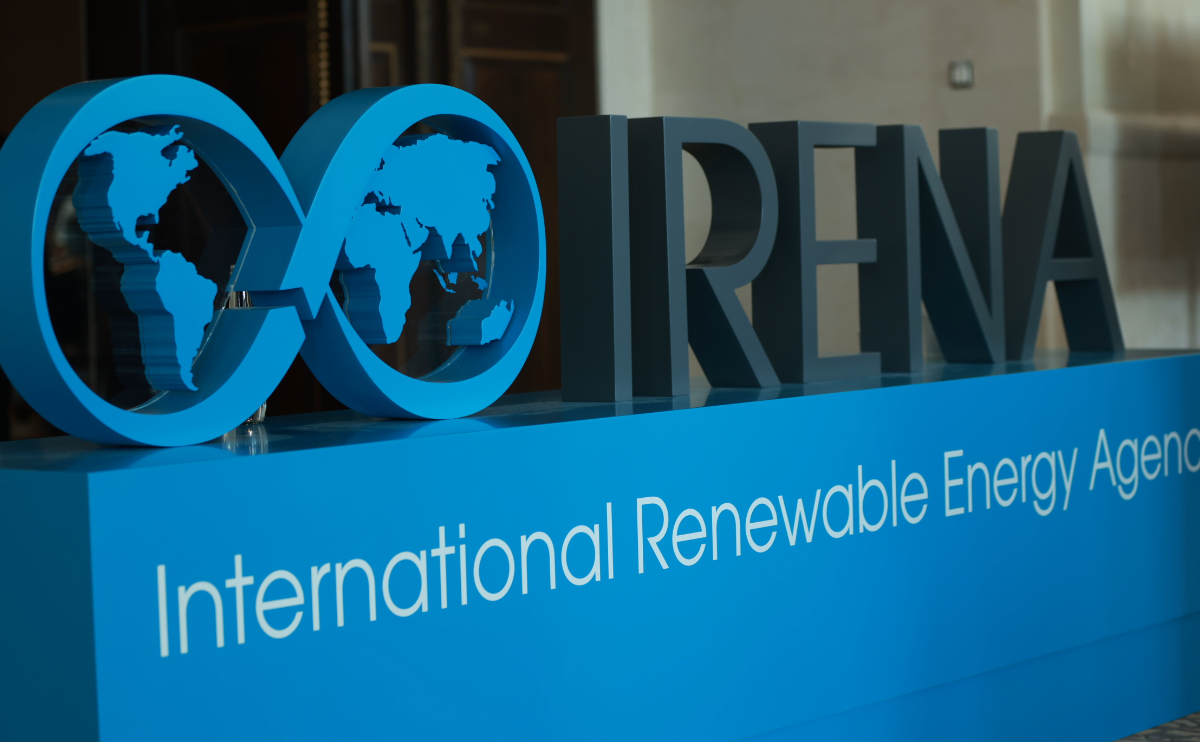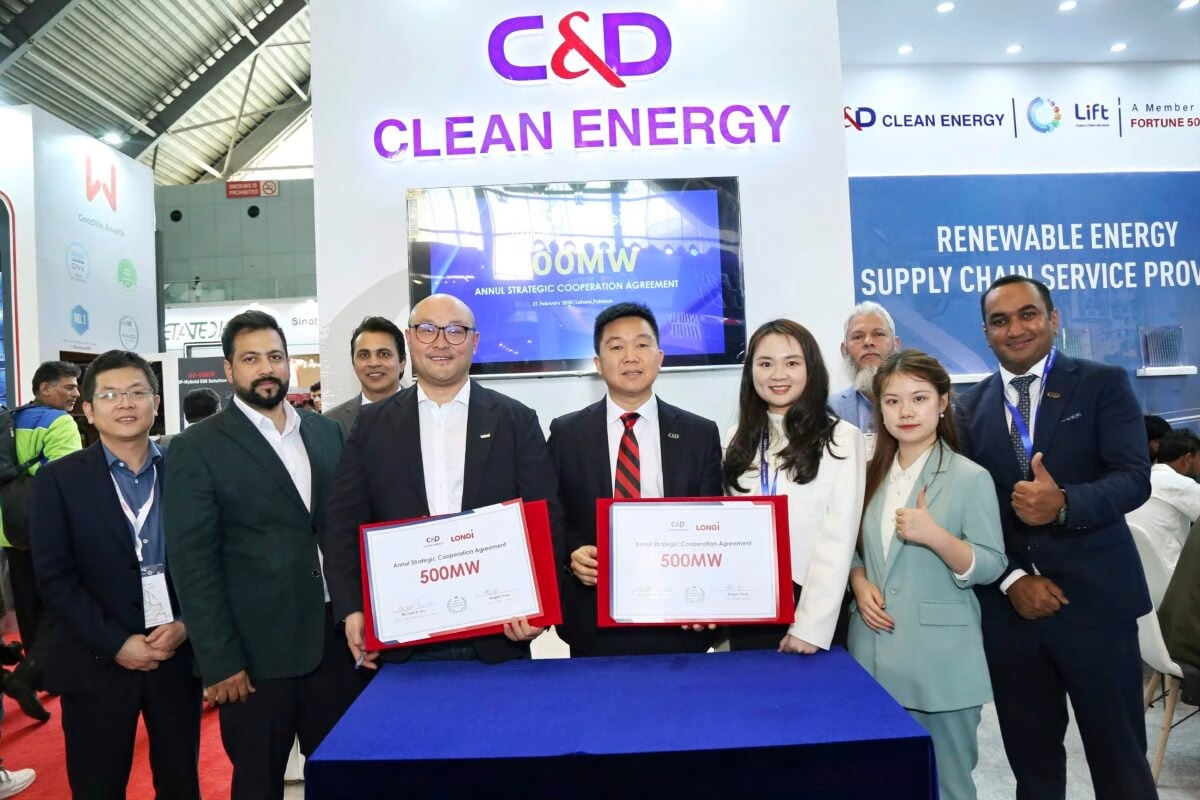
Telefónica Teams Up with Solar-Storage System Specialists, Local Telecoms Providers to Bring Wireless Broadband to 100 Million in Latin America
June 10, 2024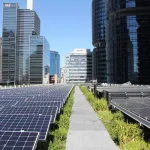
Solar Gardens Take Root in Australia
June 10, 2024pv MAG Andrew Burger
Last edited: June 28, 2018 @ 09:44 PM ET Solar energy will be a central feature of a hybrid, industrial-district microgrid in Finland. Incorporating fuel cells, combined heat and power (CHP) and battery energy storage, as well as locally produced biogas and solar power in an environmentally friendly, smart microgrid, the LEMENE project is designed to provide all the energy businesses in the industrial area need, as well as participate in various electricity markets. Slated to come online next summer, the LEMENE project illustrates utilities and industrial companies’ growing interest in capitalizing on local solar and other, emissions-free, renewable energy resources. It’s also a leading example of systems thinking as applied to wide-area, industrial-scale, clean energy production and distribution.
The project has been singled out by the Finnish government as a key project that will help meet Finland’s national energy “decarbonization” targets. Finnish utility Lempäälän Energia Oy recently awarded Siemens the contract to design and engineer the medium-voltage microgrid and associated grid automation and energy storage systems
Lempäälän Energia’s LEMENE industrial renewable energy microgrid
According to the project plan, two solar power fields consisting of more than 15,000 PV panels will produce an estimated 3,600 megawatt-hours of clean, emissions-free electrical energy. The project design also calls for six gas-fueled motors and fuel cells that will provide both heat and power for businesses in the industrial district. “The project uses the latest microgrid technology solutions to balance and secure energy production in the area,” explained Thomas Zimmermann, CEO Digital Grids at Siemens Energy Management.
The combination of advanced control, distributed grid architecture and assets in form of microgrids will ensure the grid is operated as reliably, resiliently, and efficiently as possible.
That includes Siemens’ SICAM Microgrid Controller, which will continuously monitor and manage energy production, storage and distribution, including “blackout protection.” Siemens will also install its EnergyIP DEMS, which aggregates decentralized energy and delivers any surplus for utility-grid ancillary services, such as voltage or frequency control, or to trade on the intraday electricity market. Convion is supplying two of its C50 fuel cell systems to Lempäälän Energia as part of the project. Manufactured by Elcogen, the two, “next generation,” solid-oxide fuel cell stacks will form the core of the Lemne project’s CHP systems. Fueled by biogas, the fuel cells will produce heat and a maximum of 116 kilowatts (kW) of electrical power for use by businesses in the Marjamäki industrial district.
100 percent clean energy at an industrial scale
“This key renewable energy project will serve as an exceptional opportunity to explore how a larger scale smart grid functions in conjunction with the current electricity market, while generating 100 per cent renewable power from solar and biogas sources,” said Elcogen CEO Enn Õunpuu. Elcogen manufactures the “next generation,” solid-oxide fuel cells that will be used in the project. More than 100 businesses are up and running on the 300 hectare (741 acre) Marjamäki industrial district project site at present. That number is expected to increase as 30 hectares are up for sale and development.
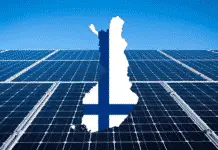
The LEMENE microgrid is to meet the electrical energy needs of all them, and do so in a way that is cost-effective, as well as more reliable, resilient and environmentally friendly than conventional alternatives. While the microgrid will be connected to and function as part of Lempäälän Energia’s broader utility grid, it will be able to disconnect from it and continue to supply energy to industrial-area facilities in the event of utility grid outages. “Our goal is to create an energy community with decentralized generation of renewable energy,” said Lempäälän Energia Oy CEO Toni Laakso. “This involves ensuring the security of supply of the energy community and ensuring its functionality at all times. Automation plays an important role in the energy community, since it ensures the system’s performance.” As the utility describes the project: “The LEMENE smart grid system will be powered by a 4 megawatt solar photovoltaic array, gas engines and a battery to deliver a secure and reliable power supply, ensuring energy self-sufficiency for the industrial district of Marjamäki, in south-western Finland.” The project plan actually calls for two, 2 megavolt-amp batteries to be installed. Two fuel cells – around 120 kW combined capacity – are also to be deployed, Laakso explained in an interview. “Battery storage has been one of the main drivers from the beginning of the project,” Laakso told Solar Magazine.
A remarkable solar energy resource
Laakso described the solar energy resource at the project site as “remarkable.” He explained that gas, split about evenly between renewable biogas as well as conventional natural gas, will be used to produce power according to price optimization rules built into the microgrid system’s controller, as well as system-wide generation needs. Looking ahead, the utility is looking to add methane from local, renewable biogas production sources, he added. Lempäälän Energia expects the system to yield energy savings for industrial-commercial consumers. Energy efficiency is enhanced as generation is nearby end-use which minimizes transmission-distribution losses. Automation and demand response mechanisms whereby energy usage can be minimized according to consumers’ needs at any particular time will add to the savings expected. At the end of the day, customers will pay about the same for greener, more reliable, resilient and efficient energy as they do now, Laakso said. In addition, uncertainty regarding energy costs is significantly reduced, as is volatility. The LEMENE industrial-district microgrid will also benefit Finland’s national grid and carbon emissions reduction goals, Laakso pointed out. Able to lower end-user demand via demand response technology reduces the need to invest in new power generation, transmission and distribution infrastructure, he explained. LEMENE will participate in TSO Finland’s reserve power markets by taking advantage of the system’s demand response capacity and surplus energy from batteries and gas generators. Siemens’ Decentralized Energy Management System enables the system to provide reserve power to the market. Coupled with Siemens’ microgrid controller, Lempäälän Energia will be able to optimize loads and generation to meet end-user needs and participate in the reserve power market, Laakso explained.
A model for sustainable, industrial renewable energy systems to come
The LEMENE project is one of 11 key renewable energy-new technology projects identified by the Finnish government as models capable of helping meet the country’s national greenhouse gas emissions reduction goals and the 2030 targets set by the European Union.
Finland Prime Minister Juha Sipilä’s government is calling on Finland’s businesses and citizens to increase use of renewable energy to more than 50 percent of electricity demand during the 2020s, as well as raise energy self-sufficiency to more than 55 percent.
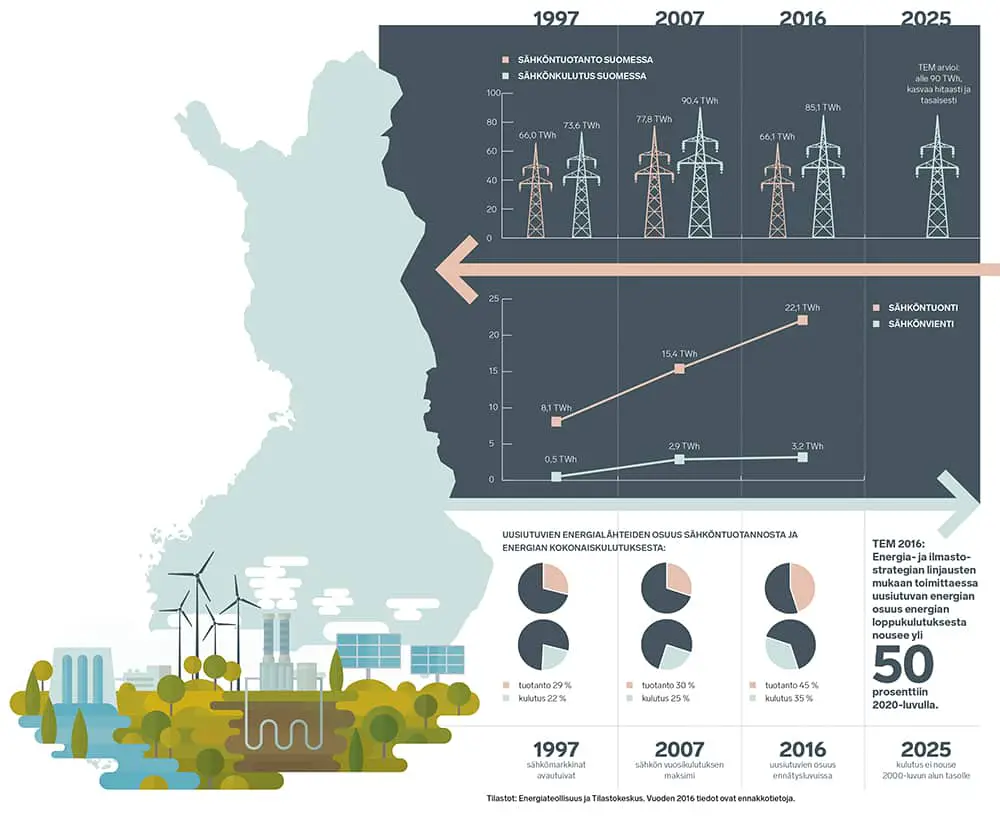
Finland’s Ministry of Employment and Economics provided €4.7 million to carry out the project, about 34 percent of estimated total project costs, Laakso explained. Utilities and industrial companies around the world are increasingly joining to carry out integrated distributed solar and clean energy projects along the lines of Lempäälän Energia’s Lemne project. Alinta recently deployed the largest, industrial lithium-ion battery-based energy storage system in Australia. Partnering with EPC contractor UGL Pty, advanced LiB energy storage manufacturer and systems integrator Kokam and microgrid control systems provider ABB Australia, the 30MW/11.4MW LiBESS has been purpose-designed and integrated with 178MW of open-cycle, natural gas turbine power generation to deliver high-power electrical energy to one, possibly more, iron ore mining operations in Western Australia’s Pilbara region. “The utility-scale natural gas generation-LiBESS power platform is able to respond practically instantaneously to changing generation and operating conditions. That’s primarily due to installation of Kokam’s UHP NMC (Ultra High Power Nickel Manganese Cobalt) BESS,” according to a news report. “Designed to provide high power energy for short periods, the advanced UHP NMC-based BESS serves as a more efficient and less costly source of spinning reserve capacity, which enhances the reliability and overall quality of energy services Alinta delivers to mining operations via the Newman Power Station.” Alinta is considering adding solar power generation to the platform. Mining companies, in turn, are increasingly turning to on-site, integrated solar energy-battery-based energy storage systems to enhance energy reliability and resiliency while reducing emissions and the negative environmental impacts of their operations. Some 943 megawatts (MW) of renewable power generation capacity is up and running on mining sites worldwide, and more is on the way, according to a recently released research report from the Rocky Mountain Institute’s (RMI) Sunshine for Mines program.
“[R]enewables for mines is now firmly established as a critical market segment for the global renewable energy industry. Industry experts predict continued growth for this sector as mines face increasing carbon exposure and energy cost pressures,” the program managers’ say.


